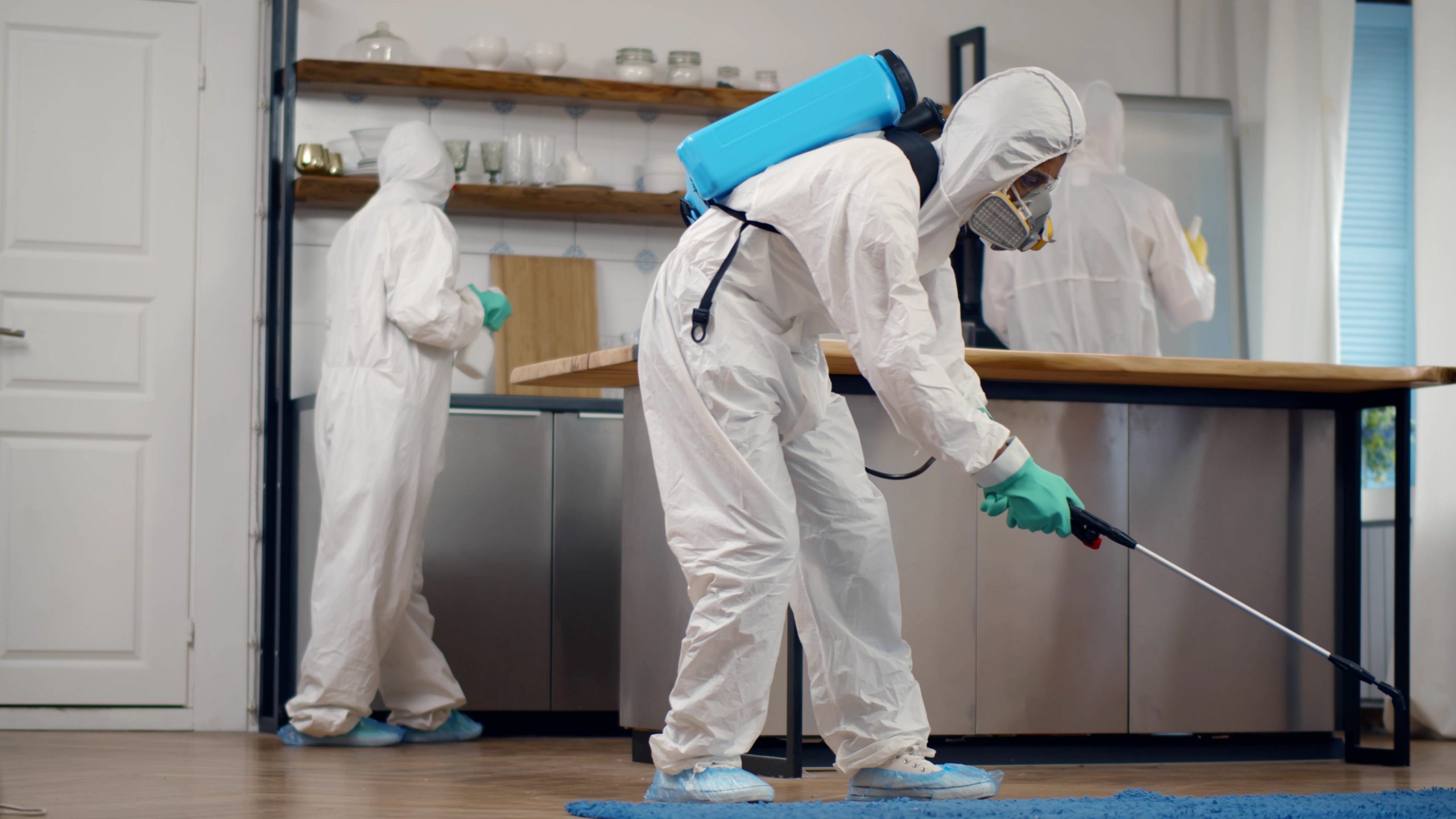Reliable Solutions for Rodents and Bugs from Pest Control Lockhart
Discovering Invasion and Treatment Methods on the planet of Parasite Control
The landscape of pest control includes a myriad of difficulties, especially as infestations of typical house pests proceed to develop. By integrating preventative measures with advanced administration strategies, such as Integrated Parasite Management (IPM), homeowners can better safeguard their environments.

Typical Home Pests
When it comes to handling our home, understanding usual family bugs is vital. These parasites not just interrupt our comfort but can also position health dangers and damages residential or commercial property. The most prevalent family pests include ants, roaches, rodents, termites, and bed insects.
Ants, usually seen foraging in kitchen areas, can infect food and develop big colonies. Cockroaches, known for their resilience, can trigger allergic reactions and spread virus. Rodents, consisting of mice and rats, can cause architectural damages and carry diseases like hantavirus and salmonella. Termites, usually described as "silent destroyers," can jeopardize the integrity of wood structures, leading to expensive repair work. Bed bugs, although not illness providers, can cause substantial discomfort through their attacks and result in mental distress.
Acknowledging the indicators of these insects, such as droppings, nests, or attack marks, is crucial for early treatment (Pest Control Lockhart). Appropriate cleanliness methods, sealing entrance points, and maintaining a clutter-free atmosphere work preventative actions. By identifying these usual home parasites and understanding their behaviors, house owners can take proactive steps to alleviate problems, ensuring a much healthier living atmosphere
Recognizing Bug Infestations
Bug invasions can intensify promptly, turning a minor inconvenience into a substantial trouble if not attended to promptly. Typical aspects contributing to infestations consist of poor hygiene, structural vulnerabilities, and seasonal modifications that drive insects indoors.
Identifying the kind of bug is crucial, as different species show varied actions and reproductive rates. For circumstances, rodents might establish nests in hidden locations while bugs like cockroaches prosper in damp settings. Early discovery frequently pivots on recognizing signs such as droppings, nibble marks, or unusual audios, which can indicate a trouble before it becomes severe.
Environmental problems likewise play a vital function in parasite spreading. Cozy, moist environments can facilitate the quick development of parasite populations, while changes in landscape design or building can inadvertently create favorable settings. Routine inspections and preventative procedures are paramount to minimizing the threat of invasions. An educated technique to understanding these characteristics lays the foundation for effective bug monitoring methods in the future.
Treatment Methods and Methods
Effective therapy methods and techniques are necessary for reducing parasite infestations and bring back a safe environment. A diverse strategy is usually best, integrating chemical, biological, and mechanical strategies tailored to the certain pest and the seriousness of the problem.
Chemical treatments include using insecticides and herbicides, which can properly eliminate parasites. Appropriate application and adherence to safety and security guidelines are essential to reduce risks to people and non-target organisms. Integrated Insect Administration (IPM) urges the sensible use of chemicals as a last hotel, relying instead on tracking and limit degrees to identify treatment requirements.
Biological control techniques entail introducing all-natural predators or parasites to reduce parasite populations. This approach is significantly prominent, specifically in farming settings, as it advertises environmental sustainability.
Mechanical techniques, such as traps and barriers, offer immediate relief from parasites without introducing chemicals. Alternatives consist of sticky traps for pests or physical obstacles for rats.
Eventually, the option of treatment approach should consider the details bug, the atmosphere, and possible influence on human health and wellness and ecosystems. A balanced mix of these techniques can successfully take care of invasions while promoting lasting insect control services.
Preventative Measures for Homes
Proactively dealing with bug concerns before they intensify is Continue vital for preserving a healthy home setting (Pest Control Lockhart). Implementing efficient preventive steps can substantially decrease the possibility of problems, inevitably securing both your building and health

Proper landscape design additionally plays a vital role in prevention. Keeping hedges and trees trimmed away from your home reduces the possibilities of insects discovering their method inside. In addition, guarantee that drainage systems are working effectively to avoid standing water, which can pull in insects and various other bugs.
Last but not least, regular evaluations are a good idea. On a regular basis looking for signs of insect activity permits for early intervention. By embracing these safety nets, homeowners can create an environment that is less hospitable to pests, thus boosting their total lifestyle and minimizing the need for extensive bug control interventions.
Business Insect Control Approaches
A thorough technique to commercial parasite control is important for companies intending to preserve a safe and hygienic setting. Efficient strategies include a combination of normal inspections, worker training, and the execution of Integrated Bug Administration (IPM) techniques.
Normal assessments allow very early discovery of pest task, enabling timely intervention. Organizations must create a routine timetable for these evaluations, focusing on high-risk locations such as cooking areas, storage areas, and garbage disposal sites. Employee training is just as vital; staff must be informed on the indications of pest infestations and the significance go now of reporting them instantly.
Applying IPM practices aids mitigate parasite problems sustainably. This consists of environment modification, such as securing access factors and minimizing clutter, in addition to utilizing all-natural deterrents before considering chemical therapies.

Additionally, teaming up with a licensed parasite control provider guarantees access to professional knowledge and advanced therapy options. This partnership check my reference can cause tailored insect control plans customized to the particular requirements of the organization, reducing threats and enhancing total effectiveness. Inevitably, an aggressive and informed method cultivates a pest-free atmosphere, guarding both public wellness and service credibility.
Conclusion
In verdict, reliable parasite control necessitates a detailed understanding of common home insects and their behaviors, coupled with targeted therapy methods. Implementing preventive measures alongside treatment approaches such as Integrated Parasite Administration and organic control boosts the capacity to mitigate problems.